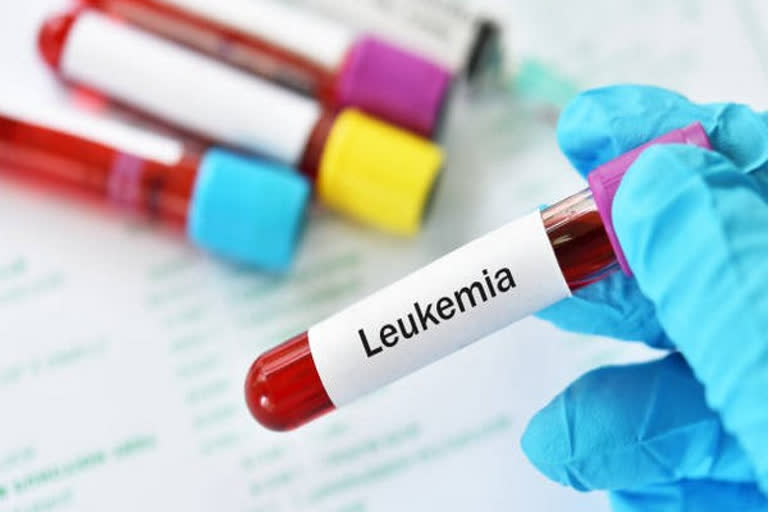New Orleans [US]: According to a new phase 2 clinical trial led by Dana-Farber Cancer Institute doctors, a three-medicine combination that drove Chronic Lymphocytic Leukaemia (CLL) patients into profound remissions in a clinical study is very beneficial in patients with high-risk variants of the disease.
The initial cohort of the trial, which included patients with any subtype of CLL, found that a regimen of acalabrutinib, venetoclax, and obinutuzumab produced deep remissions in 89% of participants. The new cohort, which exclusively included patients with high-risk CLL, found a similar deep-remission rate of 83%. The study's lead author, Christine Ryan, MD, of Dana-Farber, will present the findings at the American Society of Hematology (ASH) Annual Meeting.
The trial, conducted at Dana-Farber, Beth Israel Deaconess Medical Center, Stamford (Conn.) Hospital, and Lifespan Health System, in Rhode Island, involves 68 patients with previously untreated CLL, 41 of whom have a mutation and/or deletion in the TP53 gene in their tumor cells - an abnormality associated with an aggressive form of the disease.
Also read: Research finds aging is driven by unbalanced genes
Patients are treated with acalabrutinib (a targeted drug), obinutuzumab (an antibody therapy), and venetoclax (a targeted agent) on a specified schedule that can continue for up to 16 cycles. At a median follow-up of 35 months, 83% of the high-risk patients had undetectable Minimal Residual Disease (MRD) - no detectable CLL cells per 100,000 white blood cells - in their bone marrow. And, 45% had the deepest measurable response to the treatment: complete remission and undetectable MRD in the bone marrow. Overall, the treatment was well-tolerated, researchers found, with low rates of cardiovascular problems and infections.
After nearly three years of follow-up, 93 per cent of the trial participants were alive with no advance of their disease. The study has in part supported the development of a large, phase III trial of the regimen for patients with CLL without high-risk disease that has the potential to lead to FDA approval of the regimen. "Our data provide foundational support for using this triplet therapy in patients with high-risk CLL patients," says study senior author and principal investigator Matthew Davids, MD, MMSC, of Dana-Farber. (ANI)



